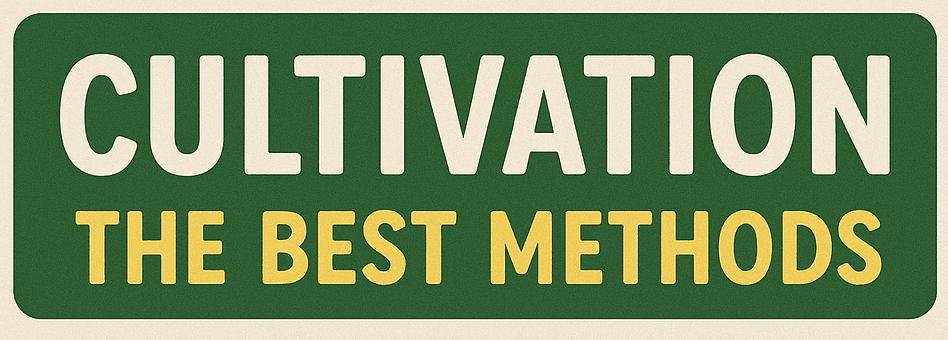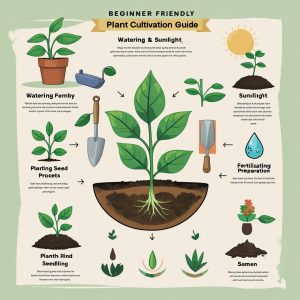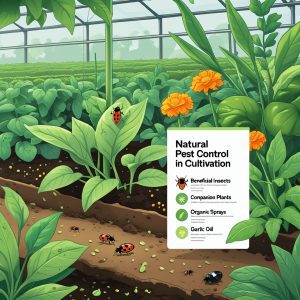Cultivating cannabis effectively requires understanding various methods and techniques to optimize growth, yield, and quality. Below is a comprehensive guide to the best practices in cannabis cultivation, incorporating insights from multiple sources.
Choosing the Right Growing Environment
Indoor Cultivation:
Offers complete control over environmental factors such as light, temperature, and humidity. This method allows for year-round growing and can produce high-quality yields. However, it requires significant investment in equipment and energy consumption.
Outdoor Cultivation:
Utilizes natural sunlight and environmental conditions, making it cost-effective. While it can produce large yields, it’s subject to weather fluctuations and pests.
Greenhouse Cultivation:
Combines elements of both indoor and outdoor growing. Greenhouses allow for natural light use while providing some environmental control, offering a balance between cost and control.
Selecting the Appropriate Growing Medium
Soil:
Traditional and user-friendly, soil contains natural nutrients beneficial for cannabis growth. It’s forgiving for beginners but may harbor pests or diseases if not properly managed.
Soilless Mixes:
Includes mediums like coco coir and peat moss. These provide better control over nutrient delivery and reduce the risk of soil-borne diseases.
Hydroponics:
Involves growing plants in nutrient-rich water solutions without soil. This method can lead to faster growth and higher yields but requires careful monitoring of nutrient levels and pH.
Implementing Effective Plant Training Techniques
Low-Stress Training (LST):
Involves gently bending and tying down branches to promote horizontal growth, leading to more bud sites and even canopy development.
Topping and Fimming:
These techniques involve cutting parts of the plant to encourage bushier growth and more colas. Topping removes the main stem’s tip, while fimming cuts part of the new growth.
Screen of Green (SCROG):
Uses a screen to spread out the plant’s branches horizontally, maximizing light exposure and promoting uniform bud development.
Sea of Green (SOG):
Focuses on growing many small plants close together to quickly produce a large number of buds. This method is efficient for maximizing space and yield.
Managing Nutrients and Watering
Nutrient Management:
Cannabis plants require macronutrients (nitrogen, phosphorus, potassium) and micronutrients (calcium, magnesium, sulfur) at different growth stages. Monitoring and adjusting nutrient levels is crucial to prevent deficiencies or toxicities.
Watering Practices:
Overwatering can lead to root rot, while underwatering stresses the plant. It’s essential to water plants when the top inch of the soil feels dry and ensure proper drainage.
Controlling Environmental Factors
Lighting:
Cannabis plants require specific light cycles: 18 hours of light during the vegetative stage and 12 hours during flowering. Using appropriate grow lights and maintaining the correct distance from plants ensures optimal growth.
Temperature and Humidity:
Ideal temperatures range between 70-85°F (20-30°C) during the day and slightly cooler at night. Humidity should be kept around 40-70%, decreasing as the plant matures to prevent mold.
Air Circulation:
Proper airflow prevents mold and strengthens plant stems. Using fans and ventilation systems helps maintain fresh air and consistent temperatures.
Harvesting and Curing
Harvest Timing:
Determined by the color of the trichomes; milky white indicates peak THC levels, while amber suggests more sedative effects.
Drying:
Hang harvested plants upside down in a dark, well-ventilated room with temperatures around 60-70°F (15-21°C) and humidity at 50%. Drying typically takes 7-10 days.
Curing:
Place dried buds in airtight containers, opening them daily to release moisture. Curing enhances flavor and potency and should last at least two weeks.
What can we learn from this post ?
Successful cannabis cultivation involves careful planning, monitoring, and adjusting various factors to meet the plant’s needs. By selecting the appropriate growing environment, medium, training techniques, and maintaining optimal conditions, growers can achieve high-quality yields. Continuous learning and adaptation are key to mastering the art of cannabis cultivation.
Request a membership now with LeafSeek Madrid



